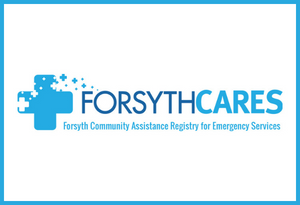- By Jane Cole
- Posted Thursday, January 22, 2009
The Digital TV Transition
The switch from analog to digital broadcast television is referred to as the digital TV (DTV) transition. In 1996, the U.S. Congress authorized the distribution of an additional broadcast channel to each broadcast TV station so they could start a digital broadcast channel while simultaneously continuing their analog broadcast channel. Later, Congress mandated that FEBRUARY 17, 2009 would be the last day for full-power television stations to broadcast in analog. Broadcast stations in all U.S. markets are currently broadcasting in both analog and digital. After February 17, 2009, full-power television stations will broadcast in digital only.Some advantages of going all-digital broadcasting is that it will free up parts of the valuable broadcast spectrum for public safety communications and digital broadcasting allows stations to offer improved picture and sound quality, and further, digital is much more efficient than analog.
To assist consumers with the DTV transition, the Government established the Digital-to-Analog Converter Box Coupon Program. Every U.S. household is eligible to receive up to two coupons, worth $40 each, toward the purchase of eligible digital-to-analog converter boxes. For more information on the Digital-to-Analog Converter Box Coupon Program, visit www.dtv2009.gov , or call 1.888.388.2009 (voice) or 1.877.530.2634 (TTY).
For more detailed information, including FAQ’s, click here.










